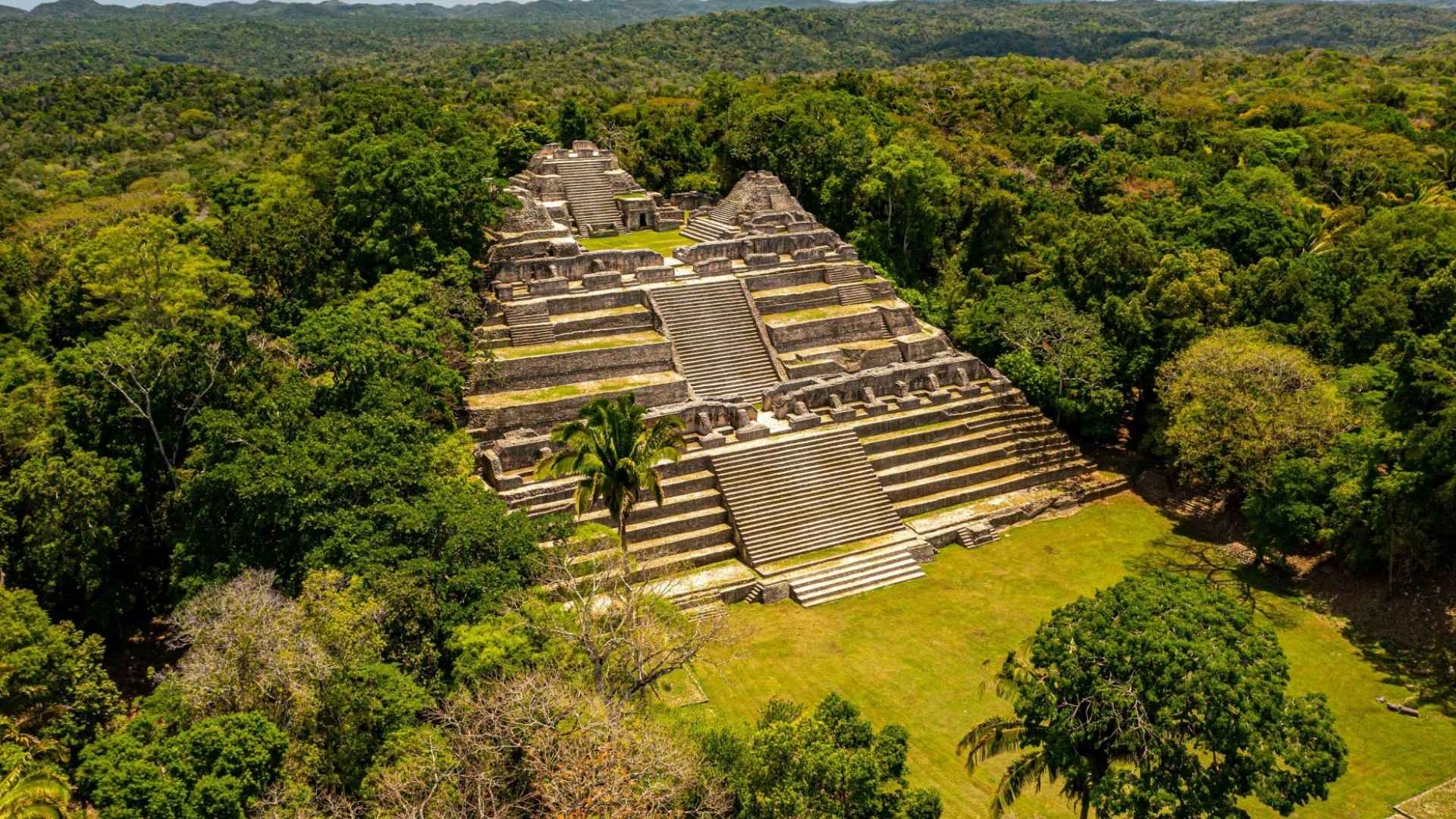University of Houston archaeologists have located the long‑lost burial of warrior king Te K’ab Chaak, offering the first royal tomb ever found at the vast Maya city of Caracol.
The team broke through a sealed chamber beneath the site’s Northeast Acropolis this spring and immediately realized they had reached something extraordinary. Inside lay a toothless skull, scattered bones and a glittering cache of grave goods—clear signs, they say, of Caracol’s inaugural monarch, who rose to power in 331 C.E.
Excavation in Caracol’s northeast acropolis uncovers earliest‑known royal tomb chamber to date
Lead researchers Arlen and Diane Chase had reopened a small burial they first examined in 1993. A few inches below that floor they hit red cinnabar‑stained fill, the classic marker of elite Maya graves. “As soon as we saw the chamber, we knew we had something,” Arlen recalls. So why does this matter today? Unearthing a founder’s tomb can anchor Caracol’s chronology and clarify its early rivalry with Tikal. Key reasons the find stands out:
- First confirmed royal burial ever located at Caracol
- Richest Early Classic tomb yet recorded in Belize
- Evidence of long‑distance ties to Teotihuacán
- Rare chance to study dynastic beginnings in the southern lowlands
The richness of the objects stunned even veteran field crews.
| Artifact | Notable detail |
|---|---|
| Carved bone tubes | Inscribed with glyphs of kingship |
| Jadeite earflares (three sets) | Multiple pairs in a single grave are almost unheard‑of |
| Mosaic death mask | Only the second ever recovered at Caracol |
| Pottery vessels (11) | One lid shaped as a coatimundi with Ek Chuah portrait |
These items point to a ruler who controlled both warfare and trade, channeling exotic goods to the city while projecting divine authority.
Rich grave goods reveal Te K’ab Chaak’s wealth, warfare role and far‑reaching trade networks
Ceramic styles link the tomb to the early fourth century, aligning neatly with written references to Te K’ab Chaak as dynasty founder. The jade and shell most likely arrived via Gulf routes, while Teotihuacán‑influenced imagery hints at contacts nearly 800 miles away. “This guy is a one‑percenter,” Arlen jokes, noting that three sets of earflares mark him as exceptionally privileged.
What comes next? Researchers will conduct DNA and residue tests, hoping to confirm royal lineage and map out ancient trade paths. Meanwhile the Belize Institute of Archaeology is preparing a conservation plan so the chamber can one day be viewed by visitors without risking damage.

